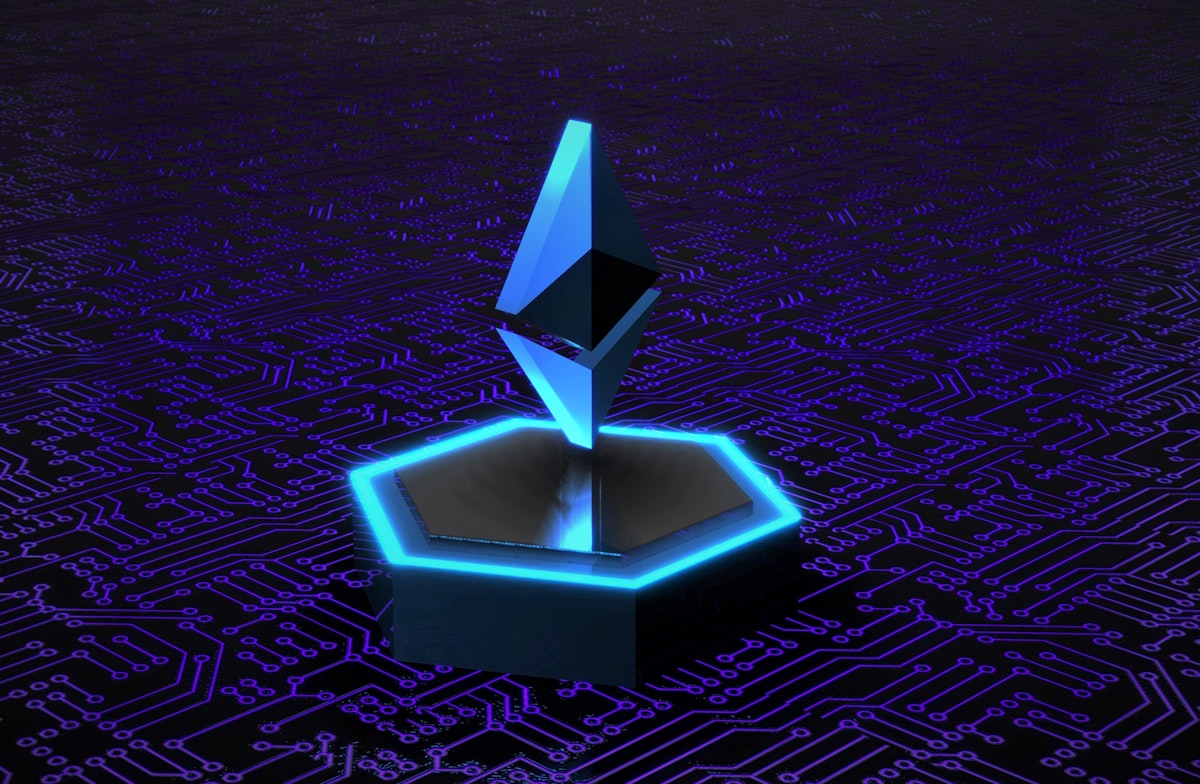Best projects on Arbitrum

We look at some of the best projects using Arbitrum and how they are building a decentralised world grow even bigger and better!
What is Arbitrum?
Arbitrum is a layer-2 scaling solution for the Ethereum network that uses optimistic rollups to increase throughput and reduce gas fees.
Optimistic rollups are a type of layer-2 solution that relies on a secondary chain to perform transactions, while still relying on the security and decentralization of the Ethereum mainnet. Arbitrum uses a unique approach to optimistic rollups, called Validium, which provides increased scalability while maintaining the security and trustlessness of the Ethereum network.
How Arbitrum helps Ethereum Network?
By using Arbitrum, Ethereum-based dApps can enjoy faster transaction times and lower gas fees, which helps to alleviate the network congestion and high transaction fees that have plagued Ethereum in recent years. This, in turn, makes Ethereum a more attractive platform for developers and users alike, as it becomes more efficient and accessible.
10 Best projects on Arbitrum
- Uniswap - Uniswap is a decentralized exchange (DEX) for trading cryptocurrencies. It uses an automated market maker (AMM) model that allows users to trade tokens without an order book or intermediary. Uniswap is a popular choice for traders due to its low fees and high liquidity, as well as its commitment to decentralization.
- Chainlink - Chainlink is a decentralized oracle network that provides external data to smart contracts. It uses a network of nodes to securely connect off-chain data sources to on-chain smart contracts, allowing for the creation of decentralized applications (dApps) that rely on real-world data.
- Aave - Aave is a decentralized lending platform that allows users to lend and borrow cryptocurrencies without the need for intermediaries. Aave uses a pool-based lending system that enables users to earn interest on their deposits and borrow at variable or stable interest rates.
- SushiSwap - SushiSwap is a community-governed DEX that aims to offer better liquidity and lower fees than traditional centralized exchanges. It was created as a fork of Uniswap, but has since implemented additional features like staking and yield farming.
- Curve Finance - Curve Finance is a DEX that specializes in trading stablecoins. It uses an AMM model to provide low-slippage trades for stablecoin pairs like USDT/USDC, DAI/USDC, and others.
- Bancor - Bancor is a decentralized liquidity network that allows users to trade cryptocurrencies without relying on centralized exchanges. It uses an AMM model with a reserve pool to provide liquidity for trading pairs.
- 1inch - 1inch is a decentralized exchange aggregator that sources liquidity from various DEXs to offer users the best prices for their trades. It also provides liquidity mining and staking services to its users.
- BadgerDAO - BadgerDAO is a community-driven DeFi platform that offers a range of services, including a yield aggregator, a decentralized insurance protocol, and a liquidity provision protocol.
- Gelato Network - Gelato Network is a protocol for automating smart contract executions. It allows developers to automate the execution of their smart contracts, making it easier and cheaper to build decentralized applications.
- The Graph - The Graph is a decentralized indexing and query protocol for blockchain data. It allows developers to efficiently search, index, and query blockchain data in a decentralized and trustless manner, enabling the creation of more powerful and scalable dApps.
What is Arbitrum Bridge?
Arbitrum Bridge is a decentralized bridge that allows users to move tokens between the Ethereum network and the Arbitrum network.
As Arbitrum is a layer-2 scaling solution for Ethereum, it operates as a separate network that is connected to the Ethereum mainnet. To move tokens between these networks, users can use the Arbitrum Bridge, which acts as a portal between the two networks.
The process of using the Arbitrum Bridge involves depositing tokens on the Ethereum network, which are then locked in a smart contract. Once the tokens are locked, a corresponding amount of tokens is minted on the Arbitrum network, which can then be used for transactions on Arbitrum-based dApps. When the user wants to move their tokens back to the Ethereum network, they simply burn the Arbitrum tokens, which unlocks the original tokens on the Ethereum network.
Arbitrum explorer
Arbitrum explorer is a web-based tool that allows users to view and analyze data related to the Arbitrum network.
Below Arbitrum explorers provide a range of features and data, so you may want to explore a few different options to find the one that best meets your needs.
- Arbitrum Explorer - https://explorer.arbitrum.io/
- Arbitrum Stats - https://stats.arbitrum.io/
- Arbitrum Monitor - https://monitor.arbitrum.io/
- ArbiNYAN - https://arbinyan.io/
- Arbiscan - https://arbiscan.io/





